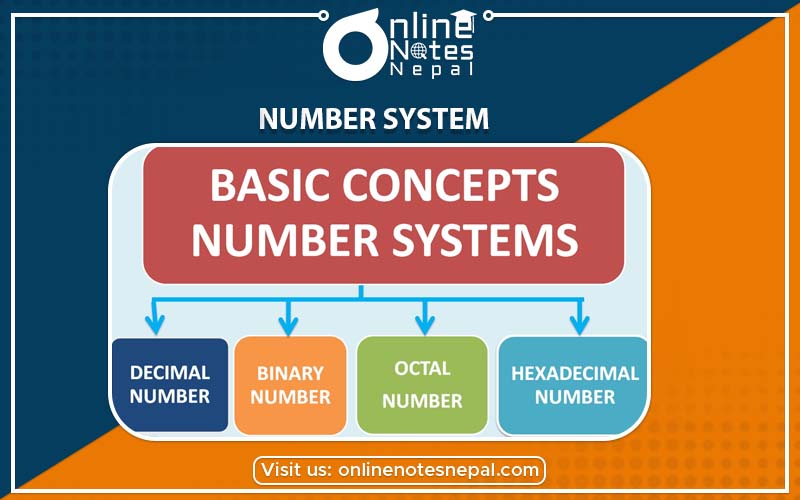Published by: BhumiRaj Timalsina
Published date: 18 Jan 2022

The history of numbers starts from the primitive age of human beings. The development of the number system has integrated with the development of human beings. In the primitive age, people used to count stones and pebbles. Hindu philosophers have developed the number system called decimal numbers. From the number, various other numbers are derived and developed. These numbers are binary numbers, octal numbers, hexadecimal numbers, etc.
The number of bases or radix ten is called decimal numbers. It is the first number system in which all the ancient and modern mathematical calculation is done. Another number system is derived from this number. It is generated with the combination of 0, 1, 2, 3, 4, 5, 6, 7, 8, 9. We can represent these numbers with the suffix ten.
A binary Number is several two base numbers. It is represented by 1 and 0. 1 or 0 is called Binary digits. We can generate this number with the combination of 0 and 1. It is represented with suffix two.
The number with base eight is called octal number. It is represented by Q or O. We can generate these numbers with the combination of 0, 1, 2 3, 4, 5, 6, 7. We can represent these numbers with the suffix eight.
The number with base sixteen is called the hexadecimal number. We can generate these numbers with the combination of 0, 1, 2, 3, 4, 5, 6, 7, 8, 9, A, B, C, D, E, F. Where A=10, B=11, C=13, D=14, E=15, F=16. We can represent these numbers with the suffix sixteen.
A decimal number has base 10 and a binary number has base 2. In decimal to binary conversion, the base of the number also changes, i.e. from base 10 to base 2. All the decimal numbers have their equivalent binary numbers. These binary numbers are majorly used in computer applications, where it is used for programming or coding purposes. This is because computers understand the language of binary digits zero and one.
|
Decimal |
Binary |
|
0 |
0000 |
|
1 |
0001 |
|
2 |
0010 |
|
3 |
0011 |
|
4 |
0100 |
|
5 |
0101 |
|
6 |
0110 |
|
7 |
0111 |
|
8 |
1000 |
|
9 |
1001 |
To convert decimal to binary numbers, proceed with the steps given below:
In decimal to binary, we divide the number by 2, in decimal to hexadecimal we divide the number by 16. In the case of decimal to octal, we divide the number by 8 and write the remainders in the reverse order to get the equivalent octal number. Follow the steps given below to learn the decimal to octal conversion:
Convert (125)10 to Octal.
Solution:
Divide 127 by 8
127 ÷ 8
15 is Quotient and 7 is Remainder
Divide 15 by 8 again.
15 ÷ 8
1 is Quotient and 7 is Remainder
Divide 1 by 8, we get;
1 ÷ 8
0 is Quotient and 1 is Remainder.
Since the quotient is zero now, no more division can be done. So by taking the remainders in reverse order, we get the equivalent octal number.
Hence, (127) decimal is equivalent to (177) octal.
|
Hexa |
Decimal |
|
0 |
0 |
|
1 |
1 |
|
2 |
2 |
|
3 |
3 |
|
4 |
4 |
|
5 |
5 |
|
6 |
6 |
|
7 |
7 |
|
8 |
8 |
|
9 |
9 |
|
A |
10 |
|
B |
11 |
|
C |
12 |
|
D |
13 |
|
E |
14 |
|
F |
15 |
Example to convert (1DA6) hexadecimal into decimal number system.
Here
1 = 1
D = 13
A = 10
6 = 6
Now,
= (1 × 163) + (13 × 162) + (10 × 161) + (6 × 160)
= (1 × 4096) + (13 × 256) + (10 × 16) + (6 × 1)
= 4096 + 3328 + 160 + 6
= 7590
Therefore, (1DA6) hexadecimal is equivalent to (7590) decimal.